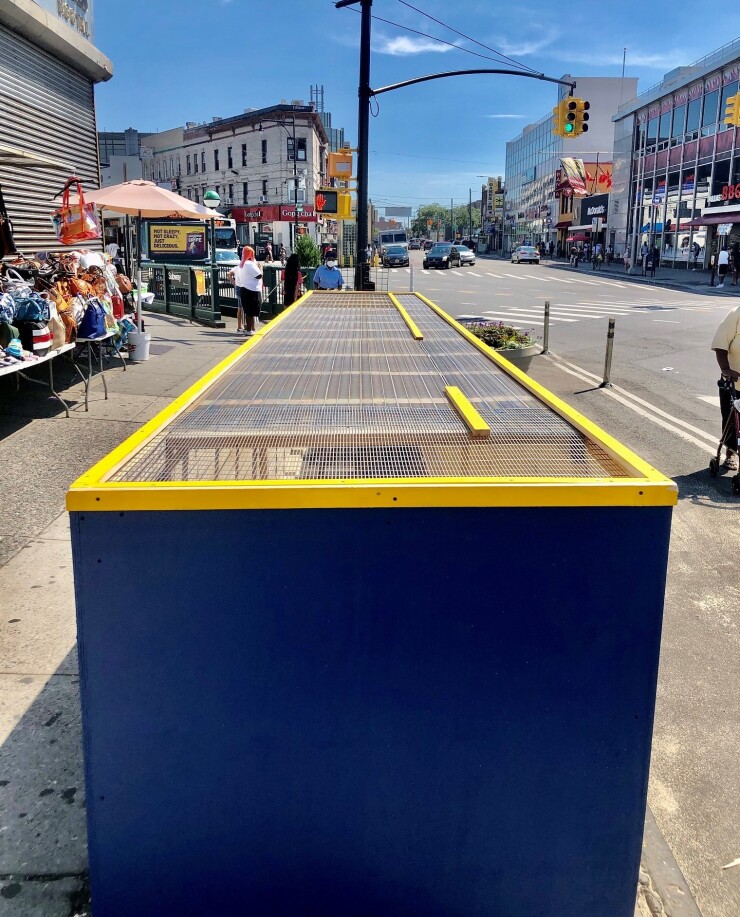As New York’s Metropolitan Transportation Authority lines up two note sales for the week of Aug 17, Moody’s Investors Service suggested the authority could tap into the Federal Reserve’s short-term municipal note purchasing program.
Moody’s, in assigning a MIG 2 rating to the MTA’s transportation revenue bond anticipation notes, said the authority may sell its $450 million Subseries 2020B-1 to the Fed facility, “depending on market conditions at the time of pricing.”

The state-run MTA, which operates New York City’s mass-transit system, also intends to sell $500 million of 2020B-2S notes that week. An MTA official confirmed the week of the sale, but did not discuss use of the Fed Reserve program.
The effects of COVID-19 have gutted the MTA, one of the largest municipal issuers, which carries roughly $46 billion of debt including special credits. It envisions an aggregate $12 billion operating deficit through 2021, factoring in any reduced state and local subsidies and the loss of $1 billion in delays from implementing congestion pricing for Manhattan.
Its deficit through 2024 could reach $16 billion.
While Chairman Patrick Foye has repeatedly called the MTA’s predicament a “fiscal tsunami,” the authority is bracing for another storm — literally, not metaphorically — barreling up the East Coast. Isaias again strengthened into a hurricane hitting the Carolinas late Monday before heading north.
Across the MTA’s units — New York City Transit, the Long Island Rail Road, Metro-North Railroad and MTA Bridges and Tunnels — crews have amassed diesel fuel, sandbags, gasoline, plywood, chainsaws, portable generators and other necessities.
“The factors affecting MTA’s financial condition are complex,” the agency, in a clear understatement, said in a filing on the Municipal Securities Rulemaking Board’s EMMA website.
The MTA is an eligible borrower in the Fed’s lending facility. To date, only low-rated Illinois has availed itself of the program, for $1.2 billion. New Jersey is considering using it as part of its borrowing program.
“This is not the infusion of cash that state and local governments struggling from a COVID-caused revenue collapse need,” the New York-based good-government group Reinvent Albany said. “Indeed, it suggests the program is not properly designed and the Fed should clarify what the goal of the program is.
“We suggest the Fed provides no- or very low interest financing for five years, and does not penalize localities with poor credit by charging higher interest rates.”
About 10 days ago, the MTA exhausted the $3.9 billion it received under the federal CARES Act. It has requested the same amount in a new federal rescue bill with transit systems nationwide seeking up to $36 billion. But the U.S. House of Representatives and Senate are at loggerheads over further aid. The Republican Senate-backed HEALS Act calls for no dedicated transit funding.
The MTA has projected a coronavirus-related hit of $14.3 billion for this year and next, or 41.4% of its operating budget. That includes plummeting fare and toll revenue largely due to stay-at-home and social distancing measures to combat the pandemic and reduced demand because of the weak economy, plus the loss of subsidies, such as dedicated taxes and additional costs from cleaning the system.





